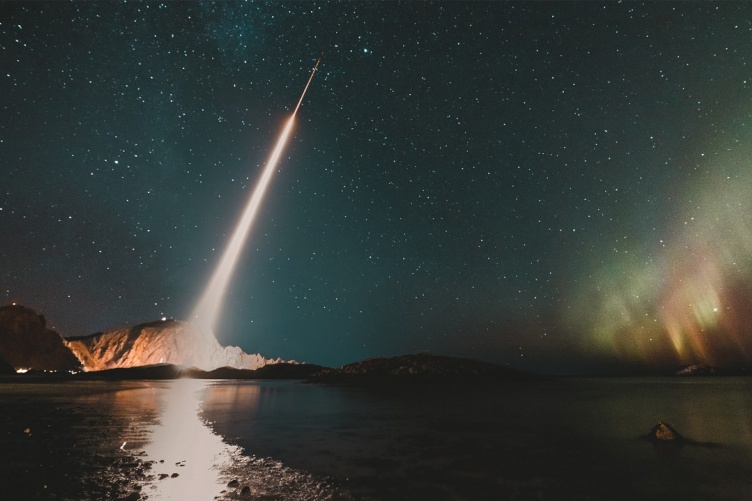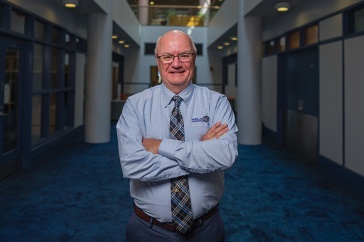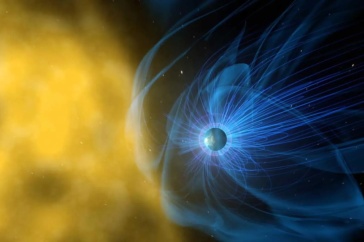
Copyright/photo by Björn Myreze.
On a recent night above the Arctic circle in Norway, two rockets carrying equipment designed and built by UNH students and researchers streaked across the sky, cutting through the vivid green aurora — more commonly known as the Northern Lights. These skyward sensations are created when charged particles, such as electrons, interact with other particles in Earth’s magnetic fields. But not all aurora are the same: Some are dim, others are pulsating, and the rest are tall, thin and dance through the night sky.
This NASA mission, called Aurora Current and Electrodynamics Structure II (ACES II), is focused on that last type, called arcs, which are narrow and tall, extending into the atmosphere a few hundred kilometers. Electrons in those arcs move in a continuous loop upward and downward in the ionosphere, a lower section of our atmosphere, to create these fantastic aerial views, but scientists don’t fully understand exactly how the electron currents close that loop; the electrons that move downward are easy to measure, but those coming back up are not, and the ionosphere itself may play a role in connecting them.
Two UNH undergrads, two graduate students and a few other scientific staff worked closely with Marc Lessard, UNH professor of physics in the Space Science Center and the College of Engineering and Physical Sciences, to design and build four instruments — two for each rocket — that would measure the temperature of the electrons in the aurora and also measure the currents directly. The data gleaned from the two 10-minute rocket flights will reveal the role that the ionosphere plays in the dancing aurora arcs.
The ACES II mission is led by the University of Iowa, with other collaborators from the University of California, Berkeley, the Johns Hopkins University Applied Physics Laboratory and the University of Calgary.

















































